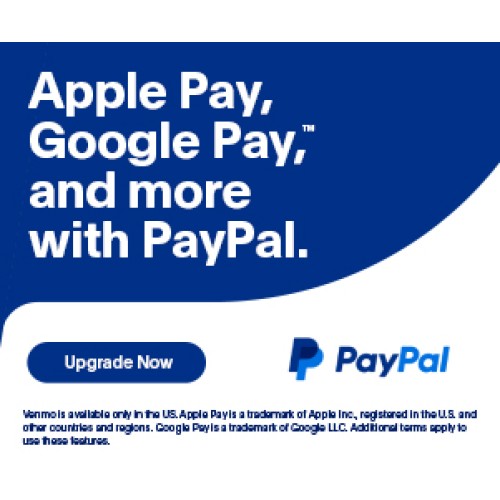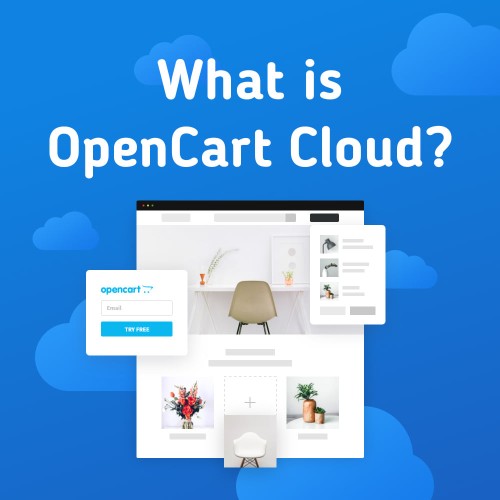B2B marketing is one of the best ways to reach potential customers. When done right, B2B marketing can be very effective and profitable.
As a B2B marketer, one of the most important things you need to do is segment your audiences in order to target them effectively.
Fortunately, segmenting audiences is not as difficult as it may seem. This article will go over the basics of this handy marketing strategy, as well as give you some tips on how you can do it effectively.
Segmenting Audiences- What is it Exactly?
Audience segmentation is the process of grouping potential customers into distinct categories based on their demographics, interests, and other factors. This helps marketers tailor their message to each group in order to increase engagement and conversion rates.
For example, you may decide to segment your audience according to age, gender, or profession. This will allow you to target those audiences with messages that are tailored specifically for them. For example,, you'll use marketing jargon with audiences in your field of work, use a fun and relaxed tone of voice to appeal to younger customers, and so on.
Understand Your Customer
The first step to effective audience segmentation is understanding your ideal customer. Who are they, and what do they need? Having a good understanding of your target audience will help you determine which segmentation methods are best for your business.
You can get more insight into your ideal customer by doing research on their demographics, interests, likes, and dislikes. You can also use surveys and customer feedback to gain even more insight into your customer base. This is best done with a combination of qualitative and quantitative data.
Study Your Existing Audience
Once you understand your ideal customer, it’s time to take a look at the people who already follow your brand or have bought from you in the past. Do they fit the image of your ideal customer? If your answer is yes, you’ll want to group them into the same audience segment.
If they don’t fit your ideal customer profile, you’ll want to create a new audience segment for them. This will allow you to tailor your message and content specific to their needs.
Create Different Segments
Now that you have a better understanding of your ideal customer and existing audience, it’s time to create different segments. This will involve grouping customers according to certain criteria.
For example, you may decide to segment your audience by age group, gender, interests, or profession. You can also segment by location, purchase history, and other factors.
The best way to decide which segments to use is to understand your customers’ needs and how they differ from one another. This will help you create effective and specific audience segments instead of generic ones.
Test and Analyze Results
Once you’ve divided your audience into different segments, it’s time to test and analyze the results. This process will involve creating different campaigns for each segment, measuring their effectiveness, and then adjusting your approach based on what works best. For instance, you may find that a certain message resonates better with one segment than another.
Testing can be done in multiple ways, such as A/B testing and split testing. This will allow you to see which campaigns are more successful and make changes accordingly.
Allowing Flexibility
On top of everything else, it’s important to allow for flexibility when segmenting your audiences. With customers constantly changing and evolving, you need to be able to adapt your messages and campaigns to fit their needs.
By allowing some flexibility, you’ll be able to create successful campaigns that can be applicable to a wide range of people, not just one specific group. However, this is easier said than done. A lot of marketers face issues with this step simply because they don’t have enough data or insight into their customers.
To solve this problem, you can partner with a more experienced marketing design agency. Outsourcing to an agency can give you access to better segmentation tools and data that can help you gain more insight into your target audience.
For example, if you're from the Minneapolis area and you've segmented your audience by location, choose a Minneapolis digital marketing agency to help you understand the nuances of your local market. This can be extremely helpful if you’re trying to reach out to a specific group of customers.
Benefits of Segmenting Audiences
Aside from better engagement and increased conversion rates, segmenting your audience can help you in other areas, too. So let’s see what those are.
Cost Efficiency
When you segment your audience, you’ll be able to effectively target the right people instead of wasting money on campaigns with low returns. More specifically, you’ll be able to predict more accurately who will be interested in your product or service based on their demographic, interests, and other factors.
This can help you create more cost-effective campaigns with a higher chance of success.
Better Customer Service
In addition to the financial benefits, segmenting your audience can also lead to a more positive customer experience. In today's competitive market, connecting to your customers and giving them a personalized experience is essential.
When you segment your audience, you’ll be able to create content that speaks directly to each person's needs and interests. This can help foster a sense of loyalty among your customers and encourage them to continue engaging with your brand.
Better Understanding
Segmenting your audience can also help you gain insight into their needs and interests. This will allow you to create better content and campaigns that appeal to them directly.
Increased ROI
Finally, segmenting your audience can help you maximize your return on investment. By creating campaigns that are tailored to specific groups of people, you’ll be able to drive more sales and increase revenue.
Are There Drawbacks to Audience Segmentation?
A lot of people will look at this method and only see a huge amount of effort needed to make it work properly. So, is audience segmentation really that difficult? Does it come with some drawbacks you can't overcome at times?
Its only drawback is that it can be time-consuming. It takes time to conduct market research, understand customer needs, and segment your audience correctly. Additionally, you’ll need to continuously monitor and adjust your campaigns based on changing customer needs.
This is a trait this method has in common with many others, as you can't really get anything done in marketing without a little elbow grease.
Luckily, there are some ways you can make this process easier. If you don’t have the resources to do it in-house, partnering with an experienced digital marketing agency can help alleviate some of the stress and pressure that comes with segmenting your audience. Another option you have is using automated tools to quickly segment and target your audience yourself.
Conclusion
Segmenting your audience can have a lot of benefits for your business. Doing it, you’ll be able to create more cost-effective campaigns that engage customers on a deeper level and generate better returns.
Just remember to take the time to research and understand your customers before diving into segmentation—it’s the only way to ensure you’re getting the most out of your efforts. With that in mind, segmenting audiences can be an invaluable tool for helping your business succeed.
Author Bio
Sophie Douglas is a digital marketing specialist and a journalist based in Columbus, state of Ohio.
Her characters are passionate, innovative, and ambitious.
Before becoming a writer for DigitalStrategyOne, she was writing short stories, screenplays, and directing short films.




Login and write down your comment.
Login my OpenCart Account